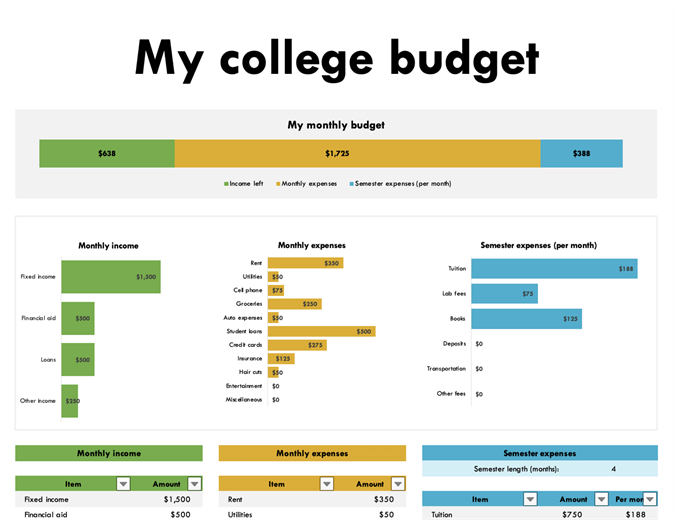

For example, you could contribute half of your allotted college savings to a 529 plan and half to a Roth IRA. One strategy utilized by some families is to use a portion of their Roth IRA principal for college expenses and leave the earnings in the account for retirement.Īnother strategy is to use a Roth IRA as a supplemental savings tool to a 529 plan. The answer to this question will depend on such factors as whether or not you have other potential sources of retirement income and how much of your Roth IRA you withdraw to help pay for college. Using a Roth IRA to pay for college expenses raises an important question: Could this strategy jeopardize your retirement financial security? After all, the primary purpose of an IRA for most people is to help ensure a financially comfortable retirement. (There are exceptions for disability, death and the purchase of a first home.)Īlso, five calendar years must have elapsed since you opened the Roth IRA and made your first contribution in order to avoid taxes and penalties on earnings withdrawals. If you withdraw Roth IRA funds before age 59½, any money that your investments have earned will be subject to tax at your current ordinary income tax rate and the 10% penalty. Note that while contributions (or principal) and converted and rolled over funds can be withdrawn from a Roth IRA at any age tax- and penalty-free, the same isn’t true for Roth IRA earnings. So no tax or penalty is assessed when these contributions are withdrawn, regardless of how old you are. Contributions to Roth IRAs are made on an after-tax basis - in other words, the money has already been taxed. With traditional IRAs, funds generally cannot be withdrawn before age 59½ without incurring taxation and a 10% early withdrawal penalty.


 0 kommentar(er)
0 kommentar(er)
